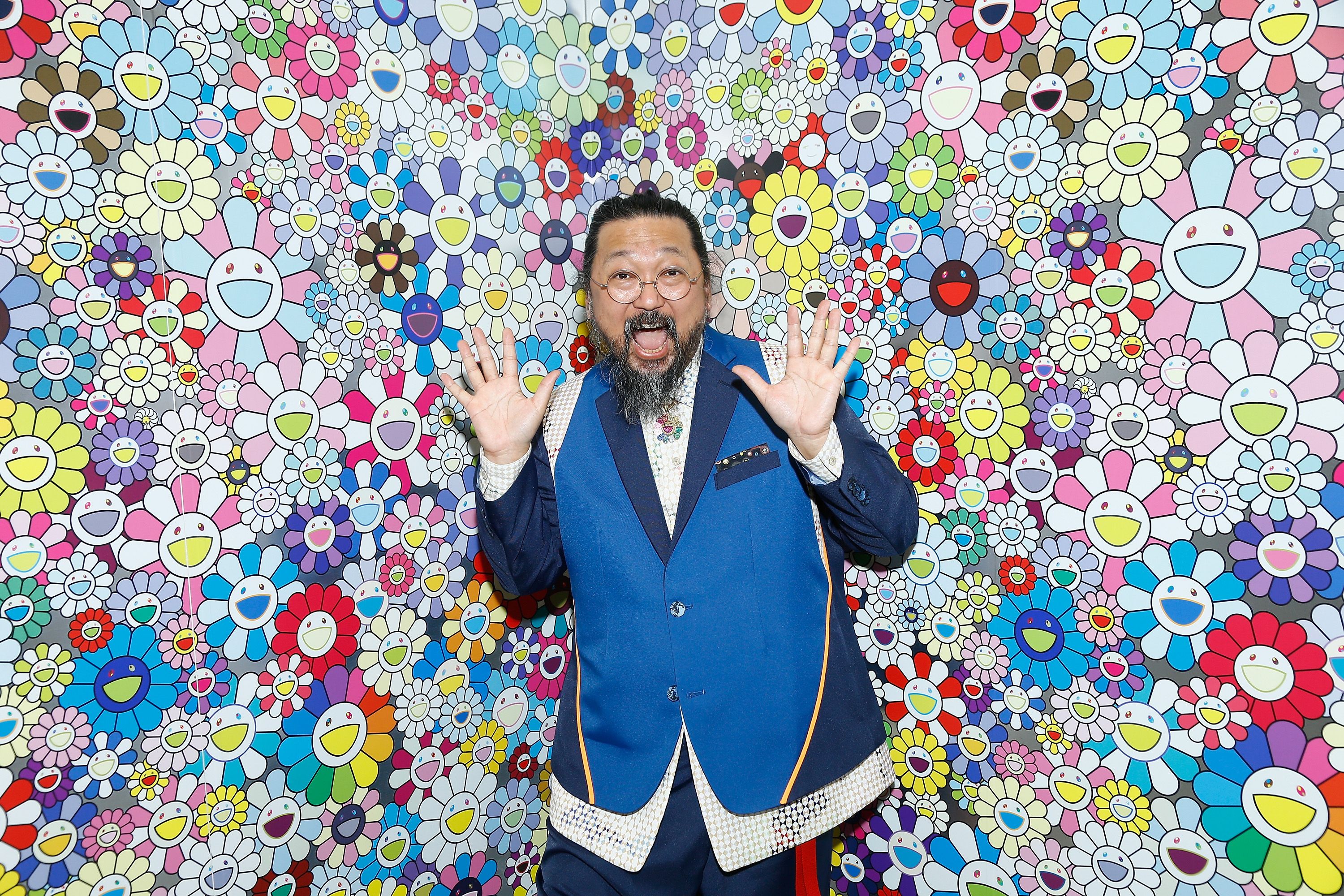Takashi Murakami: The Artist Who Blended Pop Art With Japanese Tradition
Takashi Murakami, a contemporary Japanese artist known for his vibrant and playful works, has become a prominent figure in the international art world. His unique style, which seamlessly blends elements of pop art with traditional Japanese aesthetics, has both fascinated and challenged audiences globally. This essay critically examines the complexities of Murakami's practice, exploring the multifaceted nature of his art and its significance within the contemporary art landscape.
Blurring the Boundaries of High and Low
One of the most striking aspects of Murakami's work is his ability to effortlessly blend elements of high art and popular culture. He draws inspiration from a wide range of sources, including Japanese anime and manga, Western pop art, and traditional Japanese crafts. By appropriating and transforming these diverse influences, Murakami subverts the traditional distinction between high and low art, creating a unique and accessible form of contemporary expression.
Murakami's iconic smiling flowers, known as "smiling flowers," are a prime example of this boundary-blurring approach. These colorful and cheerful motifs, inspired by the ubiquitous yellow smiley face emoji, have become synonymous with Murakami's work and have been featured in a variety of formats, from paintings and sculptures to prints and commercial products. By merging the playful and accessible imagery of popular culture with the sophisticated techniques of fine art, Murakami democratizes art and makes it more approachable to a wider audience.
Exploring Japanese Tradition in a Contemporary Context
Beyond his embrace of pop culture, Murakami also delves deeply into traditional Japanese culture and iconography. His works often incorporate motifs from Japanese folklore, ukiyo-e prints, and Buddhist imagery. By reinterpreting these traditional elements in a contemporary context, Murakami reinvigorates and redefines them for a modern audience.
For instance, Murakami's monumental sculptures of Buddhist deities, such as "My Lonesome Cowboy" (1998), combine the serene and introspective qualities of traditional Buddhist art with the playful and ironic gestures of contemporary pop culture. These works question the boundaries between sacred and secular, traditional and modern, and explore the enduring relevance of Japanese tradition in the globalized world.
Commercialization and the Art Market
Murakami's work has also sparked significant debate regarding the role of commercialism in contemporary art. He has established a highly successful commercial empire, which includes a branded merchandise line, a contemporary art gallery, and collaborations with major fashion houses. Some critics argue that Murakami's commercial ventures detract from the integrity of his artistic practice and blur the lines between art and commerce.
However, Murakami's supporters contend that his commercial ventures allow him to reach a wider audience and democratize access to his art. They argue that his playful engagement with consumer culture is a reflection of the complex and dynamic nature of contemporary society. By embracing commercialism, Murakami challenges the traditional definition of what constitutes "high art" and opens up new possibilities for artistic expression.
Critical Reception and Legacy
Murakami's work has garnered both critical acclaim and controversy. Some critics hail him as a visionary who has transformed the contemporary art landscape by blurring the boundaries between high and low art and bridging Eastern and Western aesthetics. Others dismiss his work as superficial and lacking substance, arguing that it is driven more by commercial success than artistic integrity.
Despite the polarizing responses, Murakami's influence on contemporary art is undeniable. His bold and innovative approach to art-making has inspired a new generation of artists and expanded the possibilities of artistic expression. His ability to connect with a wide audience, both within and outside the art world, has brought contemporary art to the forefront of popular culture.
Conclusion
Takashi Murakami's art is a complex and multifaceted phenomenon that defies easy categorization. By seamlessly blending elements of pop art with traditional Japanese aesthetics, he challenges conventional definitions of what constitutes "high art" and "low art." His playful and accessible imagery resonates with a wide audience, democratizing art and making it more approachable.
Murakami's work also invites critical examination of the role of commercialism in contemporary art. His highly successful commercial ventures have raised questions about the integrity of his artistic practice, but they have also allowed him to reach a wider audience and expand the boundaries of artistic expression.
Ultimately, the legacy of Takashi Murakami lies in his ability to push the boundaries of contemporary art, provoke critical dialogue, and connect with a diverse audience. His work serves as a testament to the vibrant and constantly evolving nature of contemporary art in the globalized world.
Joe Biden: From Senator To The Oldest President In American History
Jason Donovan: From Neighbours Star To Controversial Pop Icon
Song Hye-kyo: The Actress Whose Divorces Made Headlines In Korea


